Businesses are increasingly using digital signboards to market and advertise their goods and services. These electronic displays have many benefits over conventional print media, including the ability to target particular audiences, update content instantly, and monitor interaction metrics. In this blog post, we will discuss the advantages of employing digital signboards for marketing and advertising.
Dynamic content: The capacity to display dynamic content is one of the main advantages of digital sign boards. This implies that firms can easily change their branding, messaging, and promotions. They can even plan information to play at predetermined periods and display numerous messages at once. Due to their ability to adapt swiftly to market developments, firms can keep their advertising current and relevant.
Targeted advertising: Advertising that is specifically targeted is possible with digital sign boards. This implies that companies can customize their advertising to the wants and preferences of their target market. For instance, a restaurant may run lunchtime promos, and a clothing store may run summer clothes advertisements when the weather is warm.
Cost-effective: Compared to traditional print media, digital sign boards are a more affordable advertising option. Once a company purchases the necessary technology, it may alter its advertising messages as frequently as it likes without having to pay additional printing expenses involved with conventional advertising. Because of this, digital advertising is a sensible business strategy for organizations of all sizes.
Interactive elements: Some digital sign boards provide interactive elements that can engage clients and motivate them to act. Customers can scan a QR code on a signboard outside a restaurant, for instance, to browse the menu or make an order. These interactive elements can increase sales and boost customer loyalty while giving customers a memorable experience.
Analytics in real-time: Businesses can keep an eye on the number of interactions on electronic billboards. As a result, businesses can keep track of how many people are reading their content, the most persuasive messaging, and the length of time individuals spend watching their adverts. With the use of this knowledge, advertising strategies can be developed over time, boosting ROI.
Sustainability in the environment: Compared to traditional print media, digital sign boards are more environmentally friendly. Paper, ink, or any other potentially dangerous materials are not required. Digital advertising also has the potential to reduce the amount of trash generated by traditional forms of advertising, such as flyers and posters that are discarded.
Also read: Success stories of businesses implementing digital signage software.
Conclusion




